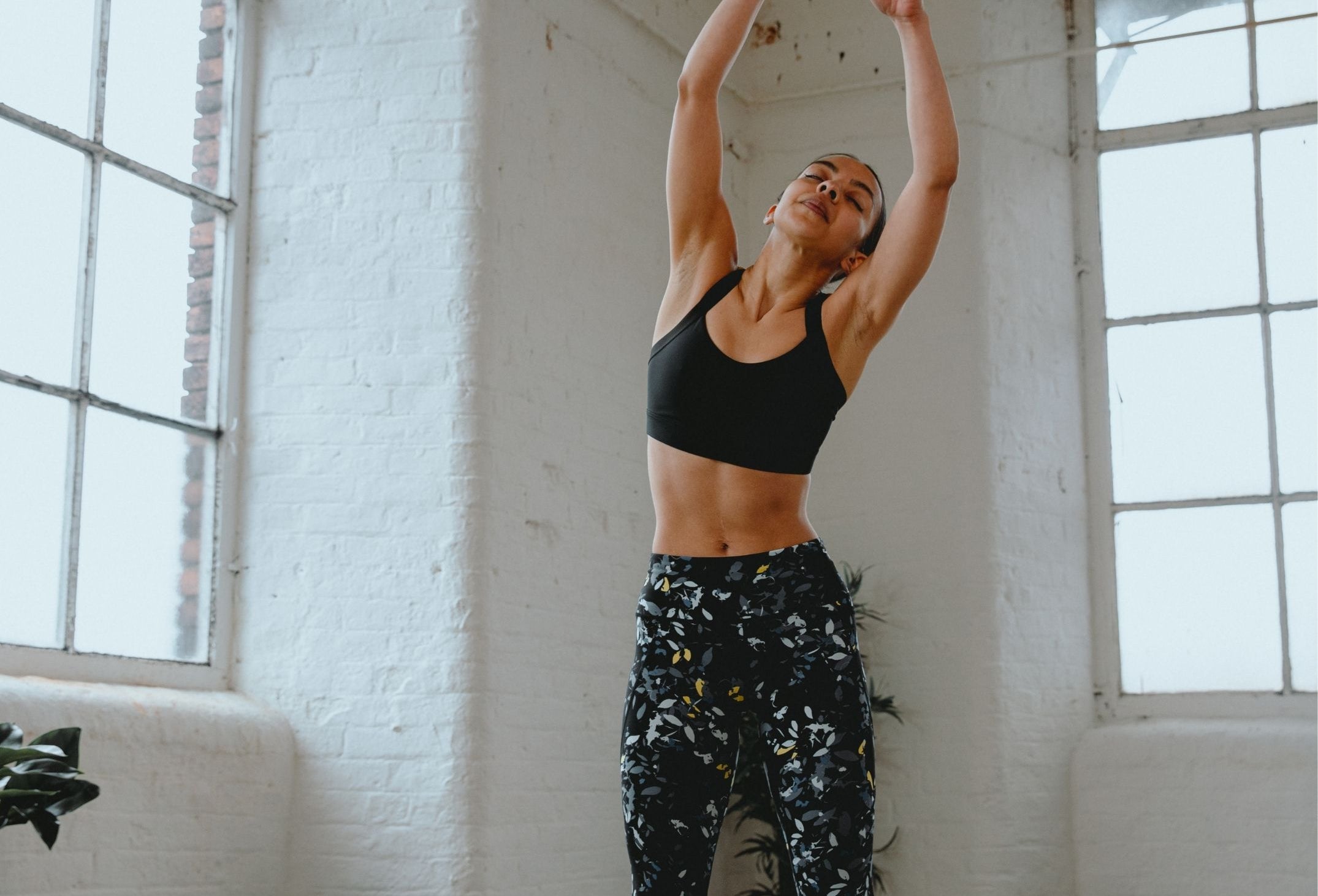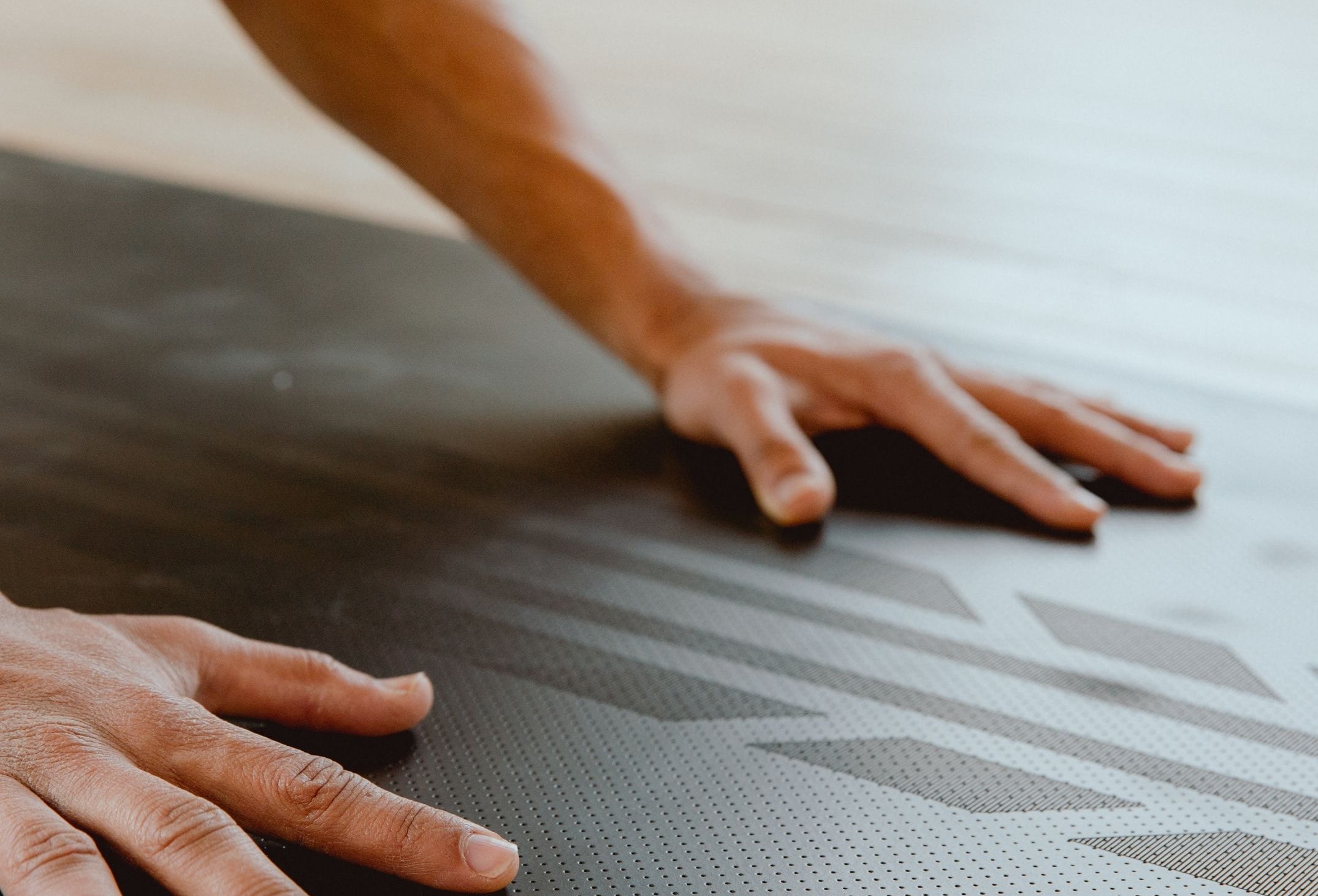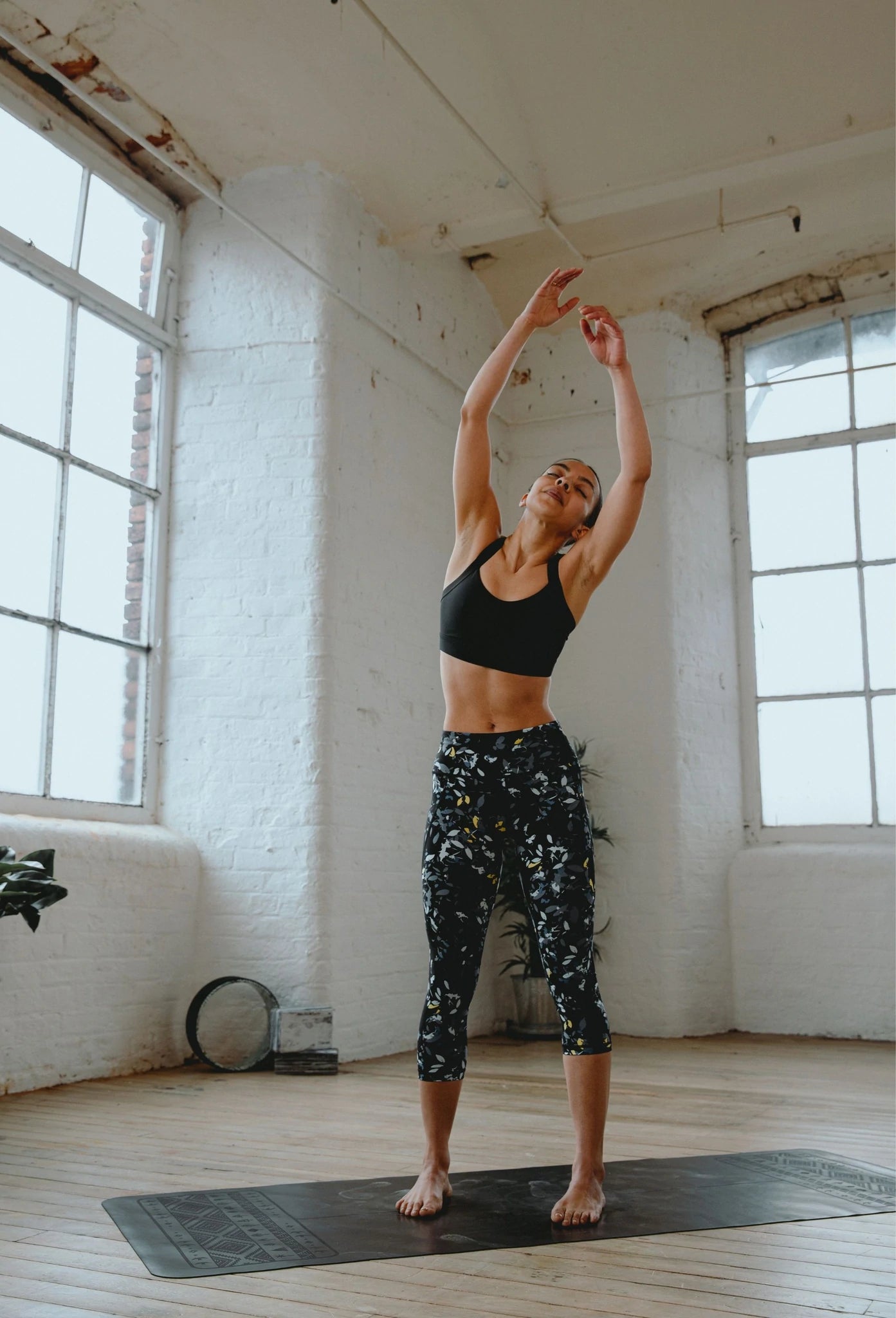Yoga is a great form of exercise - no matter your age or how limited someone's range of motion may be. That’s why, when it comes to arthritis, you should still consider attending some yoga classes. In fact, people with moderate to severe arthritis often work with their instructors to modify traditional, more daunting, or complicated yoga poses. In this article, we will be looking at how arthritis can affect your body, and our top tips for how to still enjoy yoga when you have this condition.

How Arthritis Can Affect The Body
Arthritis can affect us at any age, and in any part of our bodies - but that doesn’t mean we have to stop doing what we truly love. Rheumatoid arthritis can cause pain, swelling, and even sometimes deformities in our bodies. This can happen to any of the tissues, which line our joints.
Typically, these tissues will become inflamed and thicken, as fluid can build up in these areas. However, one of the top ways to beat, prevent or even make existing arthritis feel better is to keep moving. No matter how you are exercising, it’s important that you remain active - and yoga is a great way to do that!
3 Tips For Doing Yoga With Arthritis
Yoga is ideal for anyone suffering from Arthritis, as it’s known as a slower, more relaxed exercise where you are able to keep to your own pace. However, you may find yourself having to change up your regular routine if you are already a yogi, or if you are a beginner, you may find it easier to focus on some of the lighter, and simpler stretches. To modify your routine further, here are some of our top tips for those yogis with arthritis.

1 - Consult A Medical Professional First
Before deciding to do any form of exercise after being diagnosed with arthritis, it’s vital that you talk to your doctor or a medical professional first. Every case of arthritis is different and it’s worth learning more about your personal condition before embarking on anything first. Also, another good reason to speak to your doctor before taking any yoga class is to get a good indication of what poses you can or can’t do. You may find that your medical professional will recommend keeping your body moving, but once you break down what you are looking to achieve in your regular yoga routine, the doctor will be able to point you in the right direction depending on your overall health.
2 - Be Aware Of Yoga Poses That Could Harm You
Whilst yoga is known as a slower, more relaxing sport there are still plenty of more difficult and challenging poses that come with expert routines. It’s important to look at and assess certain stretches before trying them out yourself. If a pose seems a little daunting or dangerous for you, then you should ease up or maybe even stop for the day. Yoga is great for increasing your flexibility and keeping you mobile, but you don’t want to get hurt whilst doing it.

3 - Your Instructor is Your Friend - Always!
Whilst everyone may be set on achieving different things within their own personal yoga goals, the yoga class always has a common goal in mind - to make you feel more relaxed and centered by the end. So, talk to your instructor about what would make you more comfortable. Most yoga instructors are well versed in poses that are good for people suffering from arthritis, so it’s worth discussing your condition with your yoga teacher and expressing that you may have a limited range of motion.





Leave a comment